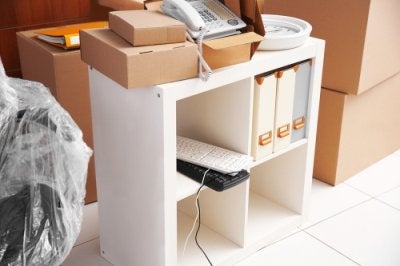Many people think their storage unit is completely protected from invading pests, but that may not be the case. Though your storage rental company in Santa Cruz, CA does what it can to protect storage units from pests, the first line of defense comes from the customers. There are a few different ways customers can safeguard their possessions from potential pests. 
Choose Plastic over Cardboard
Certain pests, like rats and mice, love paper, wood, and fabric products as a means to make their nests. Their sharp teeth and claws can easily tear through cardboard, documents, and wooden furniture in a matter of minutes. To discourage rodents from getting into your stored possessions, pack as much as you can in hard plastic containers, and refrain from using cardboard boxes. It is very difficult for rodents to penetrate the hard plastic to reach your items inside. Store your clothes, blankets, documents, and anything else that is easily shredded in these hard containers.
Do Not Store Food or Plants
Many self-storage facilities have rules against storing live plants and food, even if they are kept in a sealed container. You should not store these items in your storage unit anyway, because they will attract pests. Rodents are constantly looking for food and items to make their nests. By storing food, even if it is temporary storage, rodents will smell it and come to your unit ready to set up their home. Ants will also be attracted to food products. Plants can attract cockroaches and other intrusive insects, so keep your plants out of your unit.
Check Your Possessions Before Going into Storage
You may have safeguarded your possessions against future pests, but do not forget to check for any current pests. Rodents, cockroaches, spiders, and other pests may stow away in your containers or nestle into your clothes or furniture, and you may not know until you find an infestation weeks later. Check your boxes, furniture, and everything going into your storage unit before placing it in the unit. You may be able to stop an infestation before it begins.

